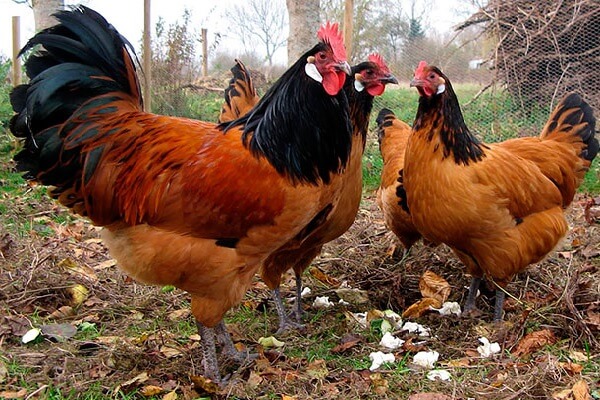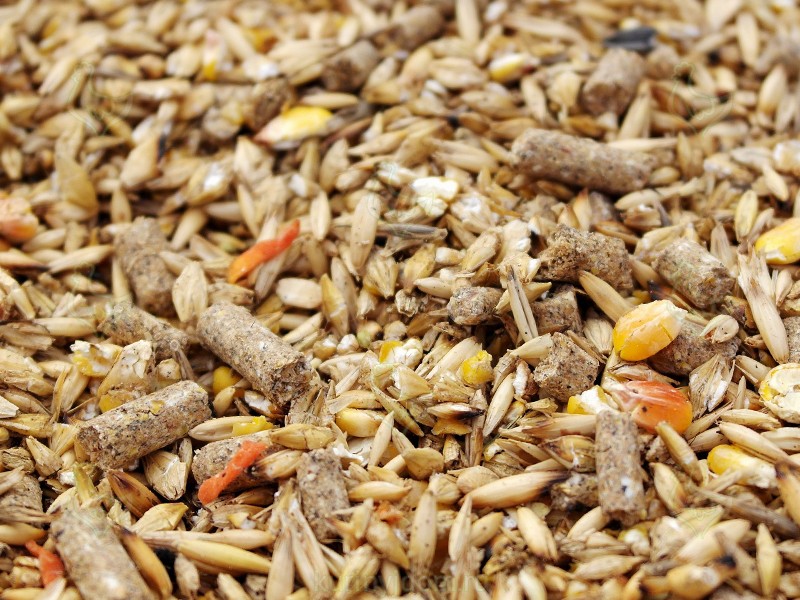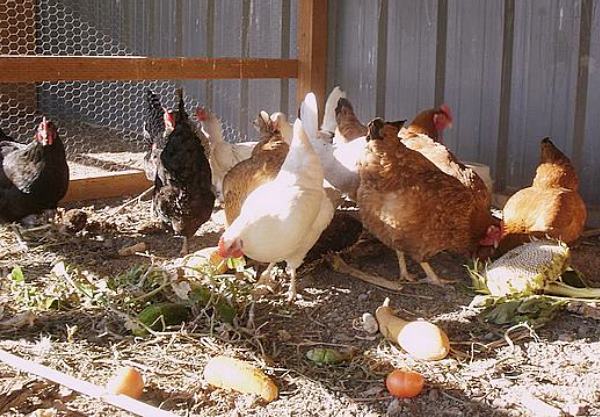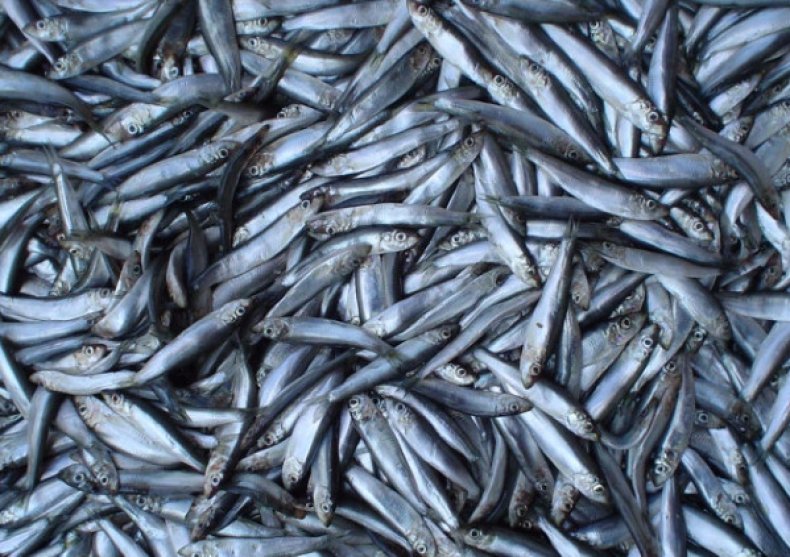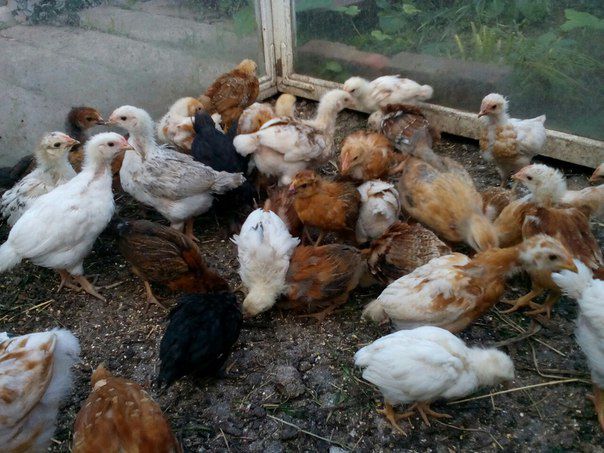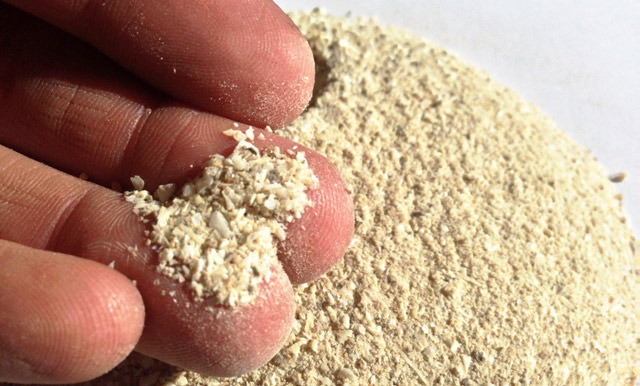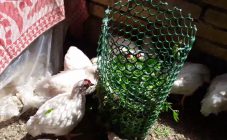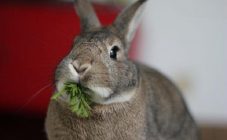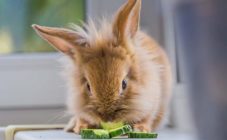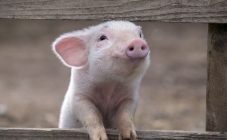Content:
Representatives of the order of chickens are omnivores, so they can eat almost everything that is poured into their feeders. But their natural menu is:
- grains, seeds;
- leaves and shoots of plants;
- fruits - vegetables, berries, fruits;
- insects and worms.
When kept in a chicken coop, the diet is selected by the breeder. Therefore, it is necessary to know exactly what animals can and cannot be given. Prohibited types of feed include:
- hard cheeses;
- baking;
- sugar-containing products;
- smoked meats;
- food with a high fat content;
- the remains of citrus fruits.
It is permissible to feed the birds with stale white bread.
In small quantities, the livestock can be fed meat both raw and mixed with wet cereals. Adding it to the diet is acceptable, however, in extremely small quantities.
For all ages of poultry, special compound feed has been developed. Some of them include drugs that prevent coccidiosis and other diseases. Green grass, wet mixes of vegetables and grain mixtures are added to the feathered menu. Chickens need to add crushed boiled eggs to the diet in the first week.
Juice-rich greens are considered the most important element in bird feeding. It is necessary to add it when feeding with compound feed. The most commonly used herbs are clover, plantain, alfalfa and other types of grass. In the winter season, it is replaced with grass flour, hay or granulate. The share of greenery in the warm season is up to 30%. In winter, it should be at least 10%.
Meat and bone meal or bone meal is also added to the feed. It is produced from waste products of meat processing plants. It is necessary to increase the mass of young animals, the number of eggs brought and their quality, provide the body with macro and microelements. In percentage terms, the dose should not be higher than 6% per day.
In addition, feathered vegetables are added to the diet. Zucchini, carrots, pumpkin, fresh onion feathers, tomatoes, potatoes, beets are especially useful. Umbrella plants - carrots, beets, zucchini and pumpkin are rubbed on a grater, potatoes are boiled, potato peelings are given in crushed form. The rest of the vegetables are either cut or given whole.
Plant food is essential for birds as a source of carbohydrates and proteins. Vegetables in the process of photosynthesis produce a huge amount of carbohydrates, which are necessary for the growth of the bird. You can give up to 30% of the total feed composition per day. Vegetables are often added to wet mash.
Can chickens be given fish?
The meat of the inhabitants of reservoirs contains many useful substances for chickens of all ages and breeds. Farmed poultry can consume almost any type of fish as feed. The form of preparation of the inhabitants of reservoirs is not important, you can feed the bird raw, boiled or fried fish. However, eating seafood can do some harm to the chicken. Therefore, the question of whether it is possible to give raw fish to chickens has a positive answer, but it is important to take into account some subtleties.
Can chickens eat raw fish
Fish is a valuable source of minerals for bird nutrition. Industrial fish species are most useful for these farm animals.
You can feed chickens:
- Blue whiting;
- Herring;
- Sprat;
- Pollock.
Raw fish is easily incorporated into the diet of poultry, but may contain pathogens and coelenterates. Fresh aquatic environment is a transitional place in the development of many parasitic organisms. Therefore, before giving raw fish to birds, you need to make sure that it does not appear to have any growths that indicate diseases.
How to give fish to chickens? Up to 10 g of raw product can be added per day. An alternative is 70 g every seven days. While feeding with river product, it is necessary to regularly solder the livestock from coelenterates. Otherwise, the consumed bird diet will be used for other purposes.
Is it possible for chickens to salted fish and herring
Can chickens be given salted fish? Brackish fish are the least preferred for feeding. Salt in the diet of poultry should be kept in small quantities. The amount of the substance should not exceed 0.3% of the total daily diet. Excessive amounts of salt in the feed are harmful to metabolic processes.
The fish can be served after the salt has been completely removed. It is necessary to pre-soak the feed for a long time to completely remove the salt. However, breeders generally choose not to use salted fish for feed. Excess salt in the diet causes liver problems in chickens.
Is it possible to give salted herring to chickens? The rules for salted herring are exactly the same as for any other fish.
What kind of fish can be fed to chickens?
Fish is added to the diet of broiler chickens from the sixth day of life. In this case, the following recommendations must be observed:
- It is necessary to grind the product with a meat grinder or completely get rid of the bones by skinning it. Bone penetration into the initial sections of the chick's esophagus can lead to its piercing and subsequent death.
- Raw seafood is prohibited from being fed to chickens. Helminths and pathological microorganisms living in the body cavities of fish can enter and take root in the body of the chicken, leading to the development of a dangerous infection.
- It is advisable to add chopped bait to dry food or boiled eggs. It is added initially in small quantities, and then gradually increase the dose of fish leftovers.
- After the first addition of the product, it is necessary to monitor the behavior and waste of the livestock. When lethargy or a change in the color of feces appears, seafood must be removed from the diet.
Is it possible to give chickens fish with bones
In addition, bones are poorly crushed and digested in the stomachs of birds, so pieces of them can enter the intestine and break through its thin wall, causing the spread of food residues in the abdominal cavity, which will lead to life-threatening inflammatory processes. Therefore, it is not recommended to feed the bird with unshredded bones.
How to give fish to hens
For layers, fish will be especially useful. Seafood is traditionally rich in calcium and other macronutrients. Eating fish leads to an increase in egg production. The quality of the protein component of the egg is improved by increasing it in the fish diet.
The best way to use seafood feed is to add a small amount to the diet once or twice a week, mixing thoroughly with mixed feed or grain mixtures. To add floating living creatures to the feed for chickens, it is not necessary to buy, you can grind the remnants of fish purchased at home that do not fall on the table - tails, fins, etc.
Tips
Boiled seafood should be used instead of raw or salted fish. Having passed heat treatment, seafood completely gets rid of harmful microorganisms and helminths. The broth obtained during cooking can be used to prepare wet mash.
For their preparation, unpeeled seafood is thrown into the water, waited for boiling and kept on such a fire for up to 20 minutes. This treatment guarantees the softening of bones and the death of harmful microflora. The resulting product is crushed, chopped into pieces, or rolled in a meat grinder. Carcasses can be boiled until the bones are completely softened, in which case the fish is fed as a whole.
An alternative option is bone meal. It is considered the most effective feeding for birds and is included in most compound feeds. During the feeding of young livestock, the amount of bone meal in the diet can reach 6%. For adults and breeding individuals, the value ranges from 3-4%.
Having studied the nuances of fish consumption by chickens, each poultry farmer will be able to independently form a balanced diet. This will improve bird performance, increasing egg production and speeding up weight gain.
